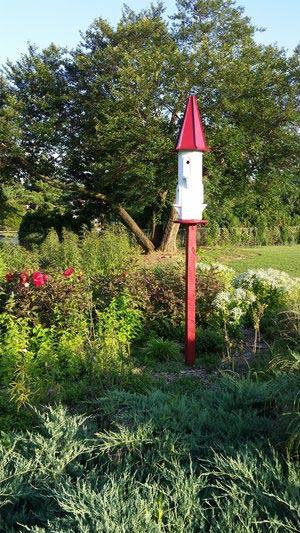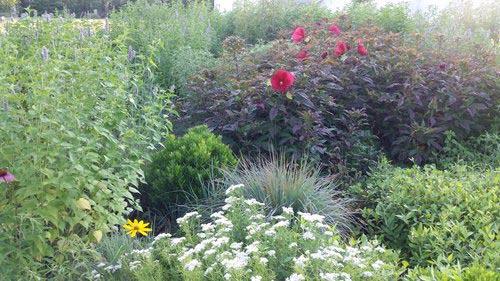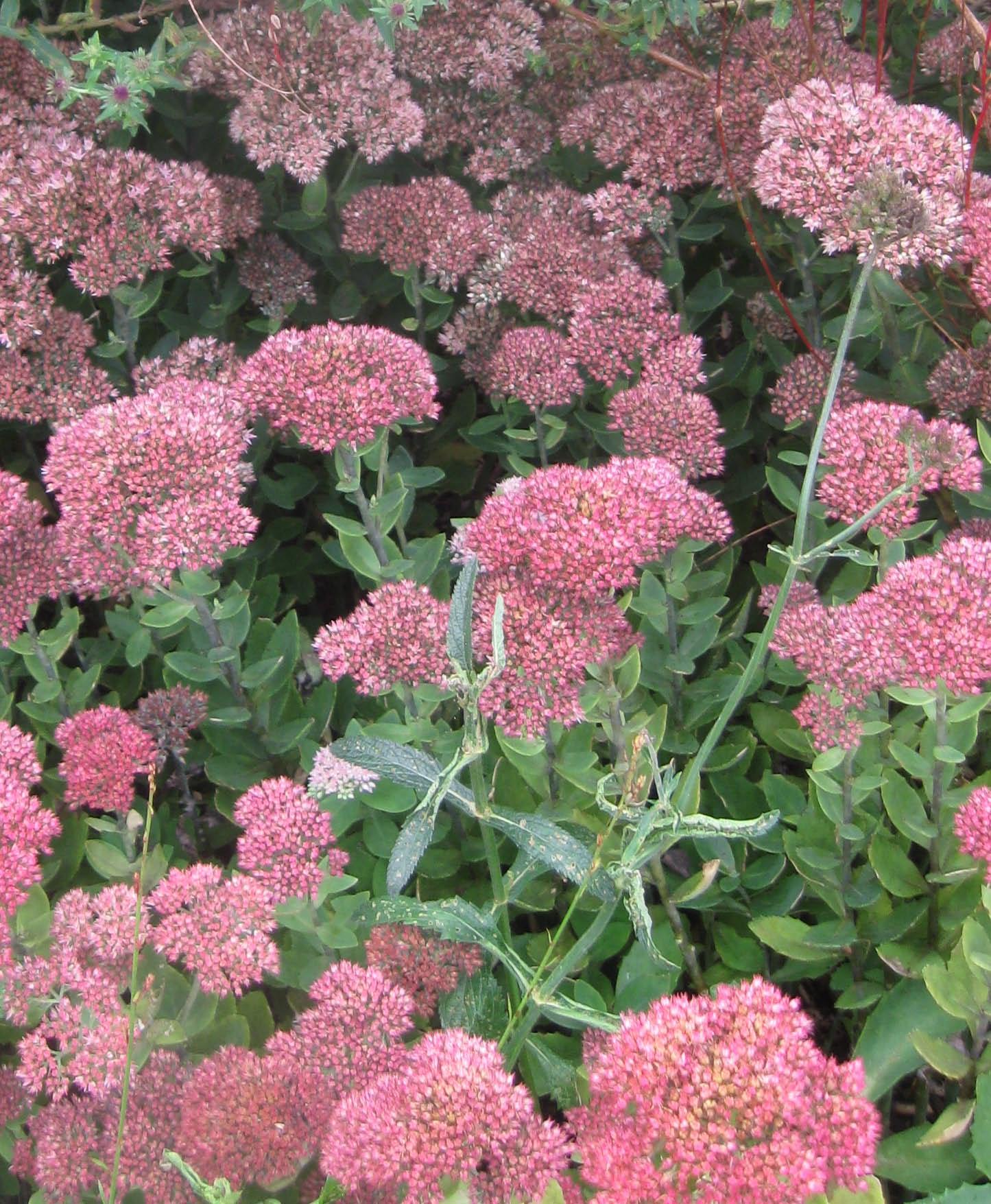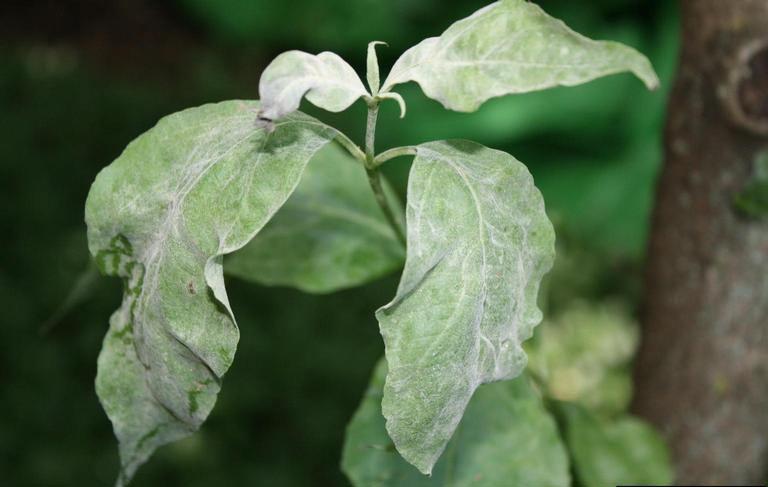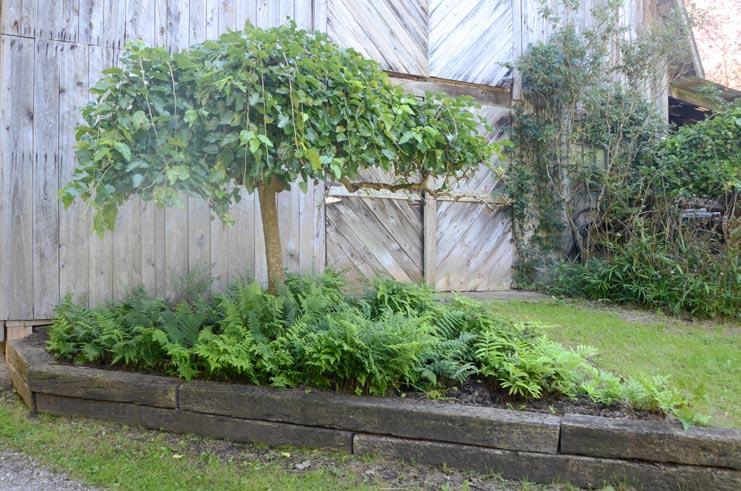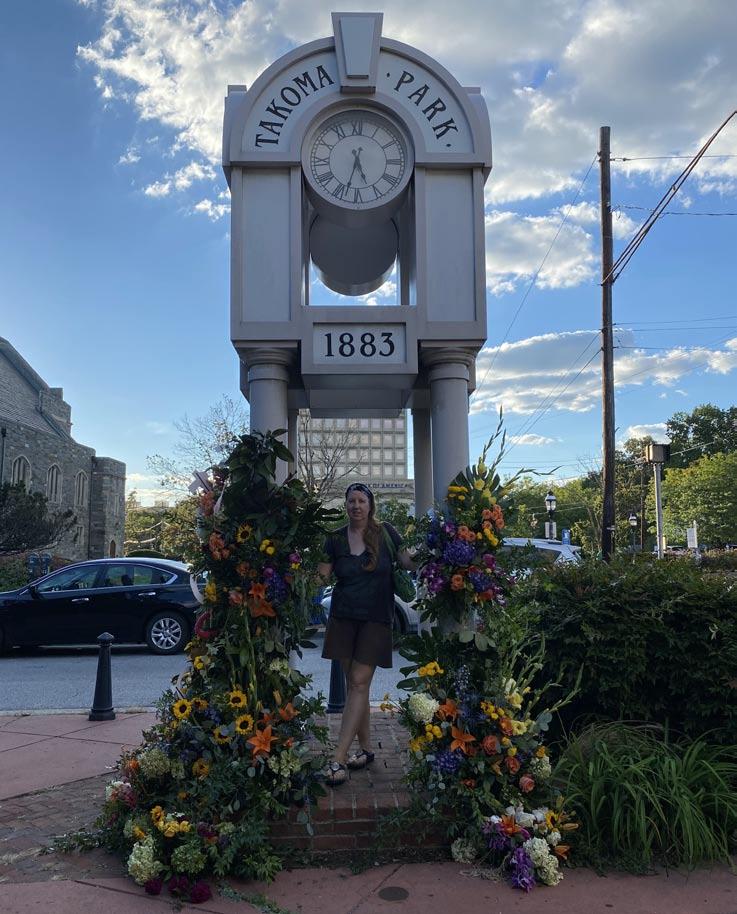
4 minute read
DAYtrip Pleasant View Garden
Pleasant View Garden Brings New Life to Historic Site
By Nicole Noechel
In 2017, the Muddy Branch Alliance, a conservation organization dedicated to protecting the Muddy Branch Stream and its surrounding areas in Montgomery County, MD, tasked board member Merikay Smith with finding a nearby site suitable for a conservation landscaping project. After being told by the Chesapeake Bay Trust that the conservation site would be more likely to receive a grant if the funding request was submitted by a nonprofit other than the Muddy Branch Alliance, which was already funded by another grant, Smith decided to enlist the help of another group she leads: Earth Stewardship East. Earth Stewardship East, a regional group of the nonprofit LDS Earth Stewardship, is a “nonpartisan, faith-based environmental group” that focuses on “learning from and sharing teachings from scriptures and faith leaders about earth stewardship,” according to Smith. Although the group is not affiliated with The Church of Jesus Christ of Latter-Day Saints, members are generally involved with the Mormon church, but everyone is encouraged to join and participate. The organization received $25,000 from the Chesapeake Bay Trust through the Montgomery County Water Protection Fund, and Smith and other members of Earth Stewardship East began working to create a native plant garden at Pleasant View, a historic African American site in Gaithersburg, MD. “I had visited services at the church at Pleasant View, and because of the historic nature of the property, its location on a busy highway in a high-density area, the open area of weedy turf, and the proximity to Muddy Branch, it was a perfect site,” Smith said. The garden’s plants are mostly native to the Chesapeake Bay region. Some examples include trees such as Sugar Maple, River Birch, and multiple species of Magnolia, as well as flowers like Bluebells, Goldenrod, Black-eyed Susan, and Butterfly Milkweed. There is a full plant list in the “Pleas
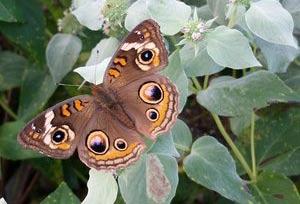
ant View Project” section of the Earth Stewardship East website (eartheast. org). On top of adding beauty to the Pleasant View site, the garden helps bring community members together and provides education on basic gardening techniques and identifying native plant species. According to Smith, many volunteers have begun planting native trees, shrubs, and perennials in their home gardens as a result of what they learned from this project. The garden also holds rainwater to keep Muddy Branch Stream from overflowing during storms and provides a habitat for insects and birds in an otherwise-urban setting. “On a recent visit, I saw at least a dozen American goldfinches eating seeds in the garden...there was also a monarch butterfly and many other species of butterflies and bees,” Smith said.
Apart from Earth Stewardship East members, volunteers from other churches and faiths, particularly congre- gations with links to the African Ameri- can community such as Seneca Com- munity Church, Poplar Grove Baptist Church, Mt. Olive Church, and Fairhaven United Methodist Church, have contrib- uted to the creation and upkeep of the Pleasant View Garden. Overall, more than 420 volunteers have helped with cultivation of the Pleasant View garden, according to Smith. Smith felt it was important for Afri- can American community members to be involved with the project, since the garden is on the site of a historic Black church, school, and cemetery. According to the Earth Steward- ship East website, “The Pleasant View Church, a part of the Washington Grove Circuit of the Washington Negro Con- ference of the Methodist Episcopal Church, was completed in 1888 for residents of Quince Orchard. In 1901, after the school at Pleasant View was burned down under suspicious circum- stances (other black schools in the area were also burned at about this time), a one-room schoolhouse, which began life as a school for white children in 1875, was moved across Darnestown Road to Pleasant View. In 1968, the congrega- tion of the Pleasant View AME Church joined with two other small Methodist Churches to form Fairhaven United Methodist Church.” The Fairhaven United Methodist Church and the one-room schoolhouse still stand at Pleasant View today, and the Trustees of Pleasant View are currently working to complete structural renovations of both, according to Smith. Since the COVID-19 breakout, large volunteer events at the garden have been canceled. If you would like to volunteer at future events at Pleasant View, please email merikays@verizon. net. In the meantime, you are welcome to stop by and enjoy the garden. o
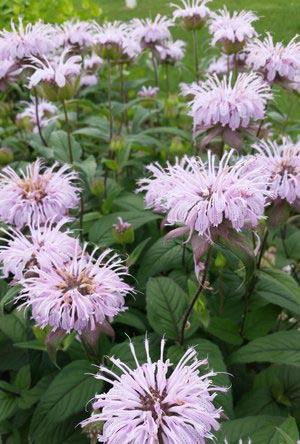
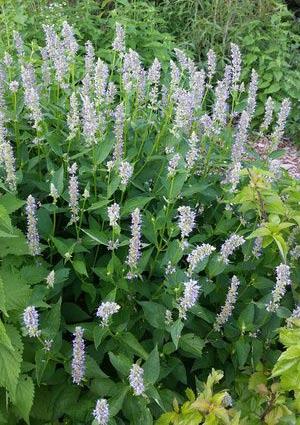
Nicole Noechel is a senior multiplatform journalism major and history minor at the University of Maryland. She is interning this fall semester with Washington Gardener.
Photos courtesy of Merikay Smith and www. eartheast.org.
